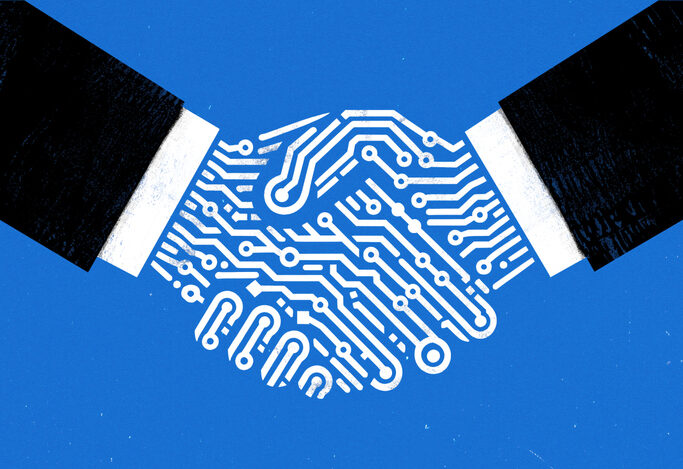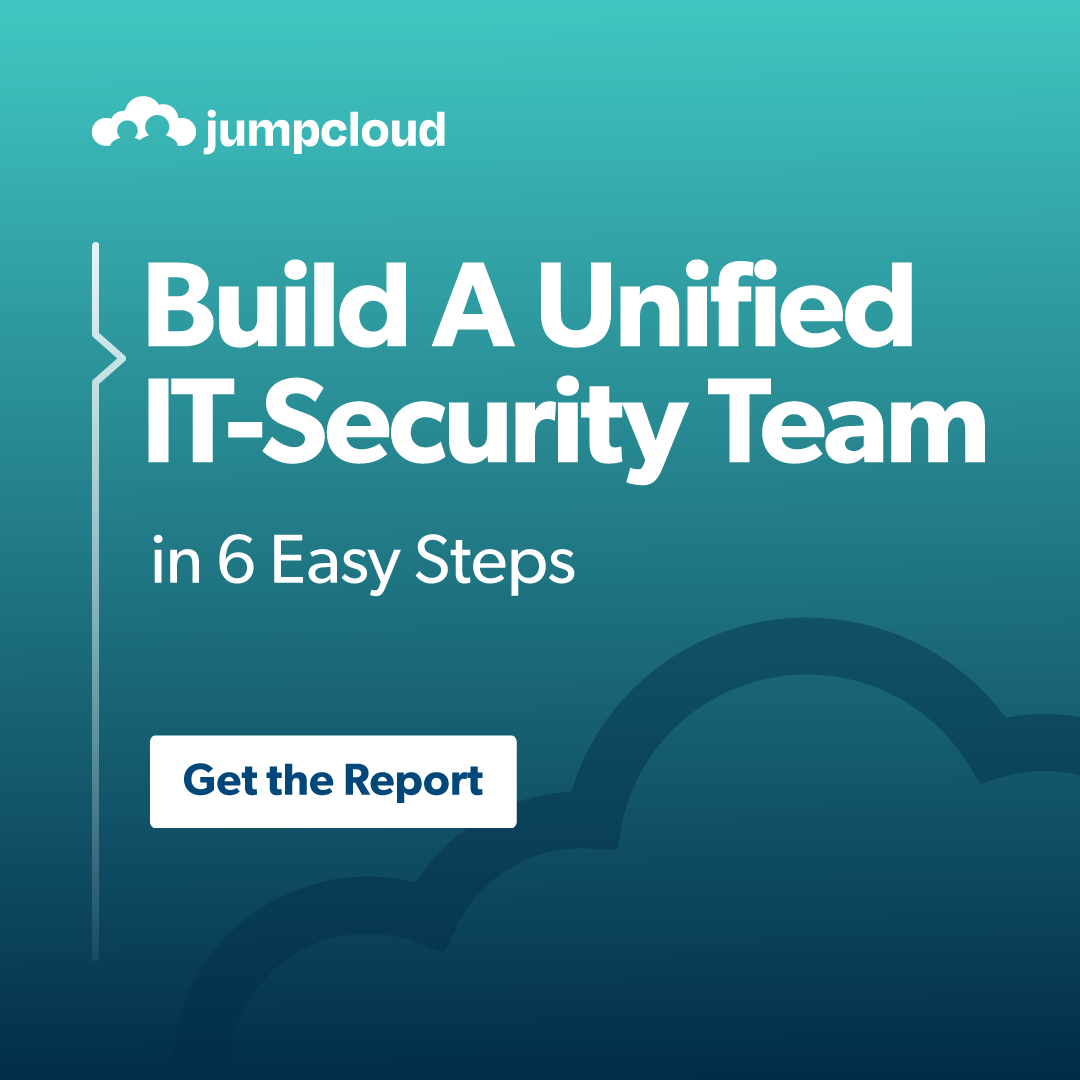Updated on June 30, 2025
Managing digital identities and access within an organization often involves two key frameworks: identity governance and administration (IGA) and identity and access management (IAM). Both are critical for maintaining security, compliance, and efficiency, but they’re often misunderstood or confused with one another.
This guide helps security professionals and IT managers understand the differences between the two, explore their specific functions, and see how they work together to create a strong identity security strategy.
Defining Identity and Access Management (IAM)
IAM acts as the backbone of cybersecurity frameworks in most organizations. It ensures that the right individuals or machines have secure and efficient access to the right resources at the right time.
Core Functions of IAM
- Identity Management: Manages unique digital identities by creating, storing, and maintaining user information across an organization’s IT systems.
- Authentication: Verifies user identity using methods like passwords, single sign-on (SSO), or multi-factor authentication (MFA), acting as the gateway for resource access.
- Authorization: Determines what resources a user can access based on permissions, often using role-based access control (RBAC).
- User Lifecycle Management (Basic): Handles user operations like onboarding, role modifications, and access revocation during their employment lifecycle.
- Access Control Mechanisms: Enforces access-control policies through permissions and roles to ensure users only access authorized resources.
IAM serves as a technical enabler of security, focused on efficiently facilitating identity management and user access while reducing risks associated with unauthorized entry.
Defining Identity Governance and Administration (IGA)
Identity Governance and Administration (IGA) extends the capabilities of IAM by adding governance, oversight, and compliance functionalities. IGA enforces policies to ensure that access remains appropriate, aligns with internal protocols, and adheres to regulatory standards.
Core Functions of IGA
- Identity Lifecycle Management (Advanced/Automated): Streamlines and automates lifecycle workflows with self-service tools, intelligent role management, and dynamic workflows to manage user access efficiently.
- Access Certifications/Reviews: Periodically audits and verifies “who has access to what,” identifying and addressing inappropriate or unnecessary access.
- Segregation of Duties (SoD) Enforcement: Prevents conflicts of interest and fraud by ensuring conflicting roles cannot be assigned to the same user.
- Policy Management and Compliance Reporting: Defines, enforces, and audits access policies, ensuring compliance with regulations like GDPR, SOX, and HIPAA.
- Entitlement Management: Manages granular details of user permissions within applications or systems.
- Identity Analytics and Risk Assessment: Provides insights into risky access behaviors and anomalies, enabling proactive identity security management.
IGA places a strong emphasis on policy and compliance, focusing on answering the critical governance question, “Who should have access, and why?”
Key Differences: A Comparative Analysis
While IGA and IAM share a foundational connection, they differ significantly in scope, objectives, and functionality. Below is a detailed comparison of the two frameworks.
Scope and Focus
- IAM focuses on the technical implementation of identity and access management processes, ensuring secure access across an organization’s ecosystem.
- IGA emphasizes governance, oversight, and compliance, adding a layer of accountability to ensure that access is appropriate, justified, and compliant.
Primary Objective
- IAM aims to streamline operations by automating authentication and access controls. Key goals include reducing IT costs and improving efficiency.
- IGA addresses risk reduction by enforcing policies, ensuring compliance, and maintaining audit-ready records of access rights.
How vs. Why
- IAM answers “How do we securely manage and control access?”
- IGA answers “Why does this user have access, and is the access still appropriate?”
Automation Capabilities
- IAM automates operational tasks such as authentication, onboarding, and basic provisioning.
- IGA automates complex processes such as access reviews, enforcement of Segregation of Duties, and lifecycle workflows, often requiring advanced algorithms and rules engines.
Compliance and Risk Management
- IAM contributes to compliance by securing identities with tools like MFA or RBAC.
- IGA directly addresses regulatory requirements through detailed reporting, audit trails, and the enforcement of governance policies.
Relationship
IAM serves as the foundation upon which IGA builds. While IAM forms the operational core for managing identities and access, IGA adds a strategic layer of governance, ensuring oversight and compliance.
Interrelationship and Complementarity
IAM and IGA are not competing technologies; they complement each other to form a holistic identity security strategy.
- IAM as the Foundation: IAM provides the foundational capabilities that enable user authentication, access control, and identity provisioning. Without a strong IAM framework, implementing effective governance is impossible.
- IGA as an Enabler: IGA enhances IAM by automating oversight tasks such as policy enforcement, access auditing, and compliance reporting. For example, while IAM can enforce role-based access, IGA will ensure periodic reviews to verify whether access still aligns with business needs.
Example: Imagine an employee is granted temporary access to a sensitive database for a project. IAM allows quick provisioning of access; IGA ensures that this temporary access is revoked once the project concludes, preventing potential misuse.
Together, IAM and IGA enable organizations to efficiently manage identities while addressing governance, compliance, and security risks.
Building a Secure Identity Landscape
Understanding the distinct roles of IAM and IGA is essential for building a secure and compliant identity security strategy. IAM provides the operational framework that ensures proper access, while IGA adds strategic value by focusing on governance, compliance, and risk mitigation.
To achieve a robust identity management ecosystem, organizations should implement solutions that integrate both IAM and IGA functionalities. This integrated approach empowers businesses to unlock efficiencies, maintain regulatory compliance, and enhance their overall security posture.





